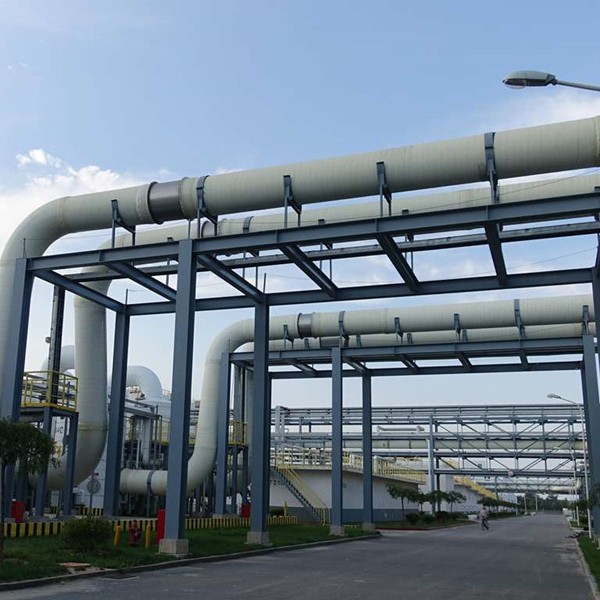
-
 Afrikaans
Afrikaans -
 Albanian
Albanian -
 Amharic
Amharic -
 Arabic
Arabic -
 Armenian
Armenian -
 Azerbaijani
Azerbaijani -
 Basque
Basque -
 Belarusian
Belarusian -
 Bengali
Bengali -
 Bosnian
Bosnian -
 Bulgarian
Bulgarian -
 Catalan
Catalan -
 Cebuano
Cebuano -
 China
China -
 China (Taiwan)
China (Taiwan) -
 Corsican
Corsican -
 Croatian
Croatian -
 Czech
Czech -
 Danish
Danish -
 Dutch
Dutch -
 English
English -
 Esperanto
Esperanto -
 Estonian
Estonian -
 Finnish
Finnish -
 French
French -
 Frisian
Frisian -
 Galician
Galician -
 Georgian
Georgian -
 German
German -
 Greek
Greek -
 Gujarati
Gujarati -
 Haitian Creole
Haitian Creole -
 hausa
hausa -
 hawaiian
hawaiian -
 Hebrew
Hebrew -
 Hindi
Hindi -
 Miao
Miao -
 Hungarian
Hungarian -
 Icelandic
Icelandic -
 igbo
igbo -
 Indonesian
Indonesian -
 irish
irish -
 Italian
Italian -
 Japanese
Japanese -
 Javanese
Javanese -
 Kannada
Kannada -
 kazakh
kazakh -
 Khmer
Khmer -
 Rwandese
Rwandese -
 Korean
Korean -
 Kurdish
Kurdish -
 Kyrgyz
Kyrgyz -
 Lao
Lao -
 Latin
Latin -
 Latvian
Latvian -
 Lithuanian
Lithuanian -
 Luxembourgish
Luxembourgish -
 Macedonian
Macedonian -
 Malgashi
Malgashi -
 Malay
Malay -
 Malayalam
Malayalam -
 Maltese
Maltese -
 Maori
Maori -
 Marathi
Marathi -
 Mongolian
Mongolian -
 Myanmar
Myanmar -
 Nepali
Nepali -
 Norwegian
Norwegian -
 Norwegian
Norwegian -
 Occitan
Occitan -
 Pashto
Pashto -
 Persian
Persian -
 Polish
Polish -
 Portuguese
Portuguese -
 Punjabi
Punjabi -
 Romanian
Romanian -
 Russian
Russian -
 Samoan
Samoan -
 Scottish Gaelic
Scottish Gaelic -
 Serbian
Serbian -
 Sesotho
Sesotho -
 Shona
Shona -
 Sindhi
Sindhi -
 Sinhala
Sinhala -
 Slovak
Slovak -
 Slovenian
Slovenian -
 Somali
Somali -
 Spanish
Spanish -
 Sundanese
Sundanese -
 Swahili
Swahili -
 Swedish
Swedish -
 Tagalog
Tagalog -
 Tajik
Tajik -
 Tamil
Tamil -
 Tatar
Tatar -
 Telugu
Telugu -
 Thai
Thai -
 Turkish
Turkish -
 Turkmen
Turkmen -
 Ukrainian
Ukrainian -
 Urdu
Urdu -
 Uighur
Uighur -
 Uzbek
Uzbek -
 Vietnamese
Vietnamese -
 Welsh
Welsh -
 Bantu
Bantu -
 Yiddish
Yiddish -
 Yoruba
Yoruba -
 Zulu
Zulu
Exploring the Advancements and Applications of GRP Duct Systems in Modern Industries
Understanding GRP Duct A Comprehensive Overview
Glass Reinforced Plastic (GRP) ducting has gained significant attention in various industrial applications due to its unique properties that offer advantages over traditional duct materials. In this article, we will explore what GRP duct is, its benefits, applications, and why it is becoming a preferred choice in various sectors.
What is GRP Duct?
GRP ducting is made from a composite material consisting of a polymer matrix reinforced with glass fibers. This combination results in a lightweight yet incredibly strong material, ideal for constructing ducts that require both flexibility and durability. The manufacturing process involves using a resin that is reinforced with glass fibers, which can be molded into various shapes and sizes to accommodate specific needs.
Benefits of GRP Duct
1. Corrosion Resistance One of the most significant advantages of GRP ducting is its exceptional resistance to corrosion. Unlike metal ducts that can rust and degrade over time when exposed to moisture or harsh chemicals, GRP remains unaffected by environmental conditions. This makes it an ideal choice for industries such as chemical processing and wastewater treatment.
2. Lightweight GRP ducts are considerably lighter than their metal counterparts. This property simplifies handling and installation, resulting in reduced labor costs and shorter installation times. The lightweight nature of GRP also allows for easier modifications during installations, providing flexibility to meet evolving requirements.
3. Thermal Insulation The thermal insulation properties of GRP ducting help maintain temperature control within the systems they service. This is particularly beneficial in HVAC applications, where maintaining specific temperature ranges is essential for energy efficiency and comfort.
4. Low Maintenance Due to its durability and resistance to corrosion, GRP ducting requires minimal maintenance compared to traditional duct materials. This not only reduces long-term operational costs but also increases the lifespan of the ducting system, making it a cost-effective solution.
grp duct

5. Customizable GRP duct can be easily molded into different shapes and sizes to fit specific requirements. This versatility allows for customized solutions tailored to unique applications, whether in residential, commercial, or industrial settings.
Applications of GRP Duct
GRP ducting is widely used across various industries due to its numerous advantages. Some of the notable applications include
- Ventilation Systems GRP ducts are commonly employed in ventilation systems where they help in the efficient movement of air. Their lightweight nature makes installation easier, and their corrosion resistance ensures longevity in humid environments.
- Chemical Industry The chemical industry often uses GRP ducting to transport corrosive substances safely. Its resistance to chemical degradation ensures that the ducting remains intact over extended periods, thereby preventing costly leaks and failures.
- Wastewater Treatment In wastewater treatment facilities, GRP ducts are used to transport wastewater and gases due to their excellent resistance to corrosion and chemicals. They help maintain system integrity, ensuring effective waste management.
- Power Generation GRP ducting is also used in power generation plants for cooling systems and emissions control. The material's thermal insulation properties help improve energy efficiency and reduce operational costs.
Conclusion
GRP ducting presents a modern solution to many of the challenges faced by traditional duct materials. With its remarkable advantages, such as corrosion resistance, lightweight properties, and low maintenance requirements, it is no wonder that GRP has become a material of choice in diverse industries. As technology continues to evolve, the applications for GRP ducting are likely to expand, further solidifying its position as a versatile and effective solution for modern ductwork systems. Emphasizing its benefits and adaptability will undoubtedly lead to greater adoption in both industrial and commercial sectors, paving the way for sustainable and efficient ducting solutions in the future.









